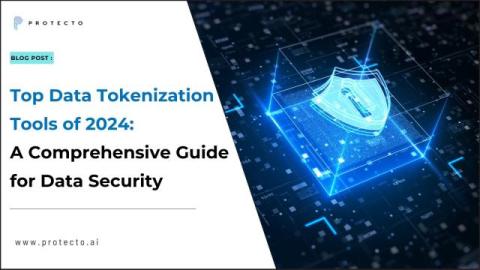Enhancing Data Security and Privacy with Protecto's AI-Powered Tokenization
The inherently non-deterministic nature of AI inputs, processing, and outputs multiplies risks, making traditional data protection methods insufficient. In the enterprise world, unstructured data—brimming with sensitive information such as Personally Identifiable Information (PII) and Protected Health Information (PHI)—poses a significant challenge, especially as this data flows into AI agents.









